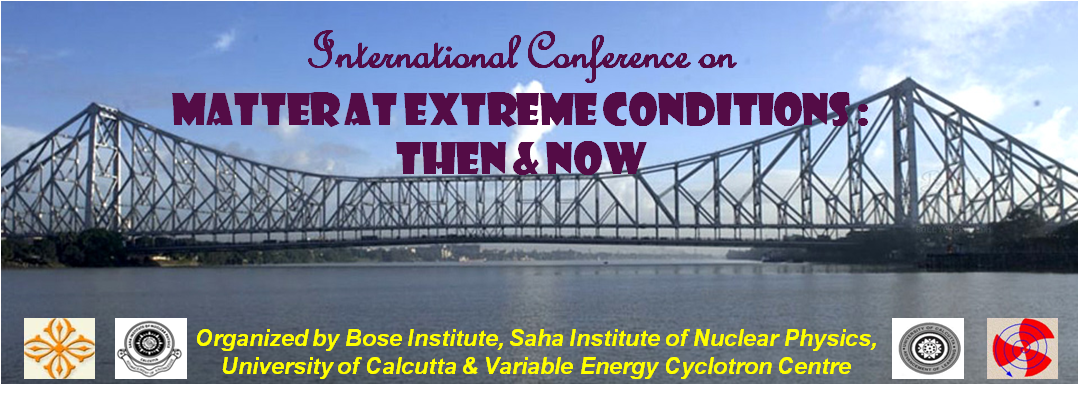Description
Heavy quarks produced in the initial stage of heavy ion collisions would traverse the quark gluon plasma, colliding with quarks and gluons and radiating gluons. In the process of collision with the quarks and gluons and also by radiation of gluons they lose energy. After their production, they may get fragmented into heavy mesons by picking up light quarks/antiquarks and in turn may decay through leptonic channels. These leptons would carry information of the initial stage of heavy ion collisions and also the evolution of the plasma. In this work, we have made a detailed study for the nuclear modification factor of production of leptons from the initial fusion of partons in a nuclear collision at RHIC and LHC energies. The pT distribution of heavy quarks produced from the initial fusion of partons in nucleus-nucleus collisions at RHIC and LHC energies is obtained by FONLL program. We consider both the radiative and collision energy loss along with longitudinal expansion of the plasma for the prediction of nuclear modification factor. Peterson fragmentation function is used for fragmentation of heavy quarks into D-mesons. We compare our result of muon RAA for Pb+Pb collisions at 2.76 ATeV with the ALICE data. Our prediction is found to agree well with the experimental data.
Author
Umme Jamil
(Department of Physics, Debraj Roy College, Golaghat, Assam)
